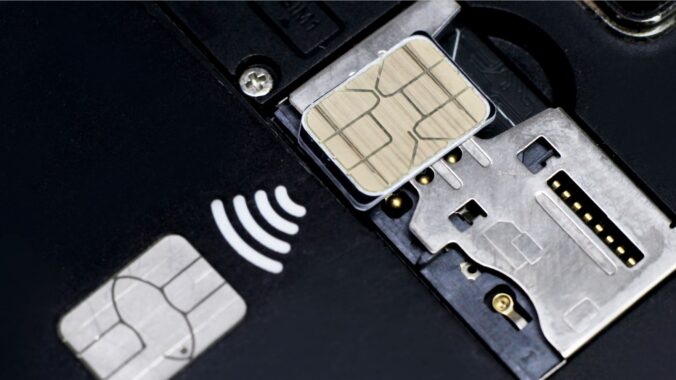In the lead up to MWC, we shared various articles on the explosion of connected devices, and how this necessitates a shift in how we manage connectivity.
The verdict is clear: we can no longer manage connectivity as we did before. The landscape has changed, and so must our strategies.
So, how do IoT enterprises adapt to thrive in this new era? What is the key to creating secure solutions for a connected world?
When it comes to IoT deployments, we’ve identified three critical stages….
Stage One: Build
The build phase marks the inception of an IoT project, and it encompasses initial device design and engineering.
When Original Equipment Manufacturers (OEMs) are designing their digital value proposition, they need to consider the full project lifecycle, including how they will run and protect their IoT deployment. In short, how will IoT objects and devices function after they leave the assembly line?
One of the key considerations for OEMs at this stage should be on ensuring they (and their partners) retain full control over the deployment – which means providing reliable and resilient connectivity. Flexibility and freedom of choice are also crucial for the long-term sustainability of any IoT deployment, and should be woven into the project’s DNA.
Stage Two: Run
As the IoT ecosystem matures, the run phase is the bridge between device production and real-world deployment.
At this stage, the focus should be on simplifying the supply chain, which is where the concept of a single stock keeping unit (SKU) comes in. By standardising device specifications across regions and/or markets, organisations can streamline their supply chain.
This approach not only simplifies logistics but provides the basis for addressing other key challenges: optimising roaming, overcoming coverage constraints, and reducing or eliminating the need for human intervention with SIMs once they are in the field.
A well-designed device would effortlessly connect to local networks wherever it roams. This means no more juggling multiple SIMs from various mobile network operators (MNOs) during manufacturing. Instead, a single eSIM-based design enables automatic, out-of-the-box connection to the preferred local network provider.
This flexibility remains in place throughout the lifetime of the IoT deployment. If circumstances and requirements change, subscriptions can be changed over the air, without any need for human interaction with the devices themselves.
Stage Three: Protect
As the digital landscape evolves, so do the threats, and protecting device integrity is a top priority for enterprises deploying IoT projects.
Of course, IoT deployments frequently involve massive numbers of relatively simple devices, deployed remotely over large areas. This creates more points of vulnerability, and cybercriminals will always look to exploit the weakest link in the chain.
In the context of IoT, protection must be a key consideration throughout the device lifecycle – from the production line to the field. Moreover, that protection cannot be static. As threats from the cyber domain develop, so must the security solutions implemented by IoT enterprises.
In identifying the right protection strategy, the key principles to consider include protecting device integrity, shielding data flows from edge to cloud, and reinforcing state sovereignty over critical national infrastructure.
The call to adapt and innovate
The central message from this year’s MWC echoes loudly: we can no longer manage connectivity as before. And in this new era, adaptability is non-negotiable. For IoT enterprises looking to make a change and build new strategies, the “Build, Protect, Run” approach is a good starting point.
Find out more in our eBook: Secure Solutions for a Connected World



